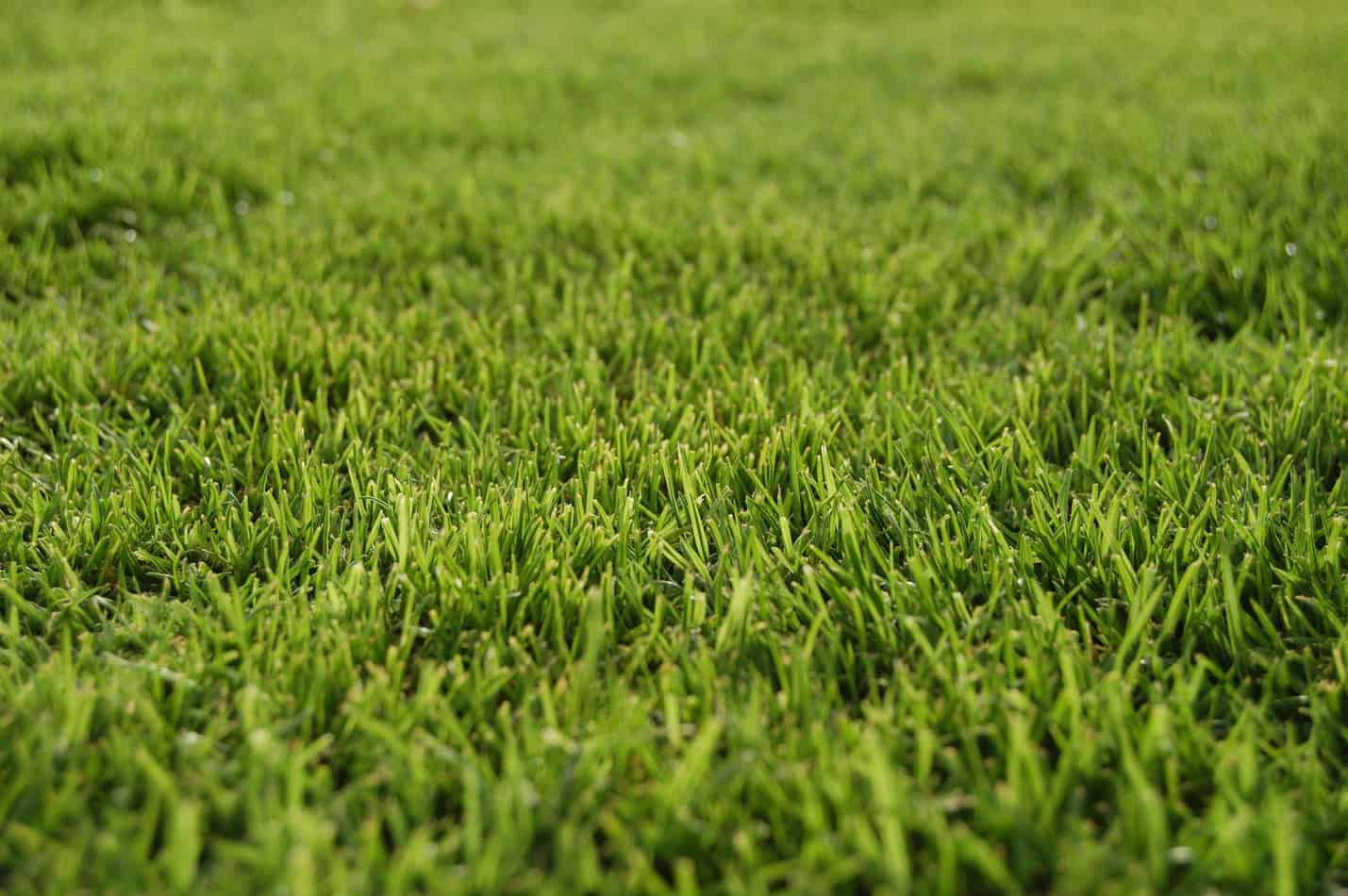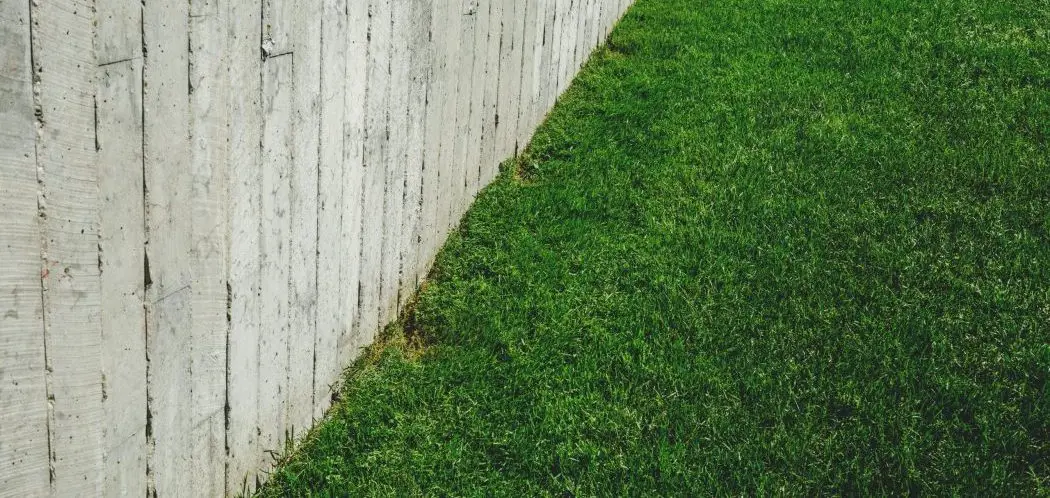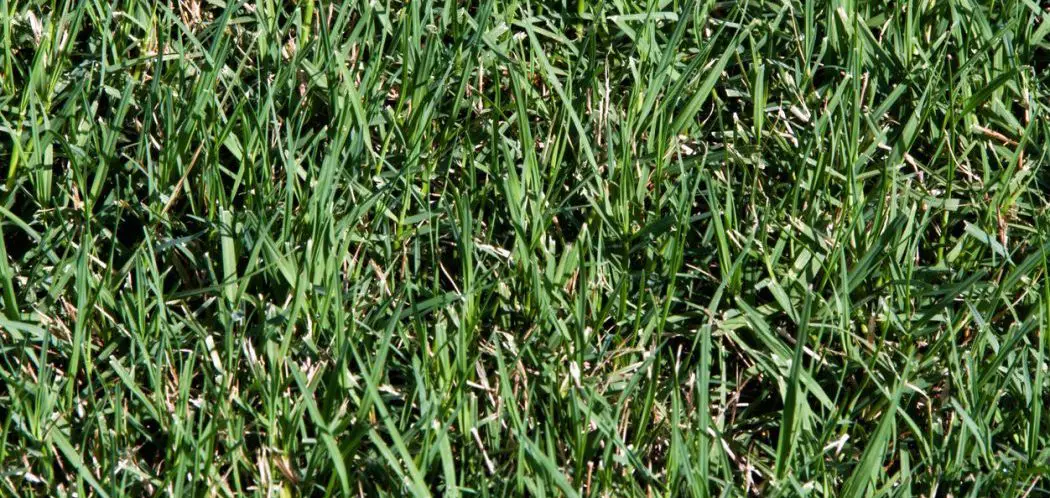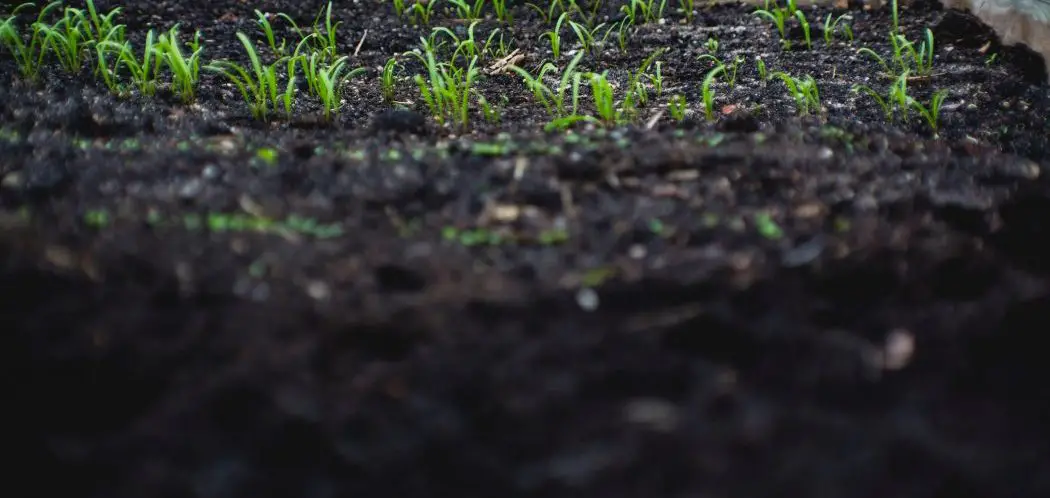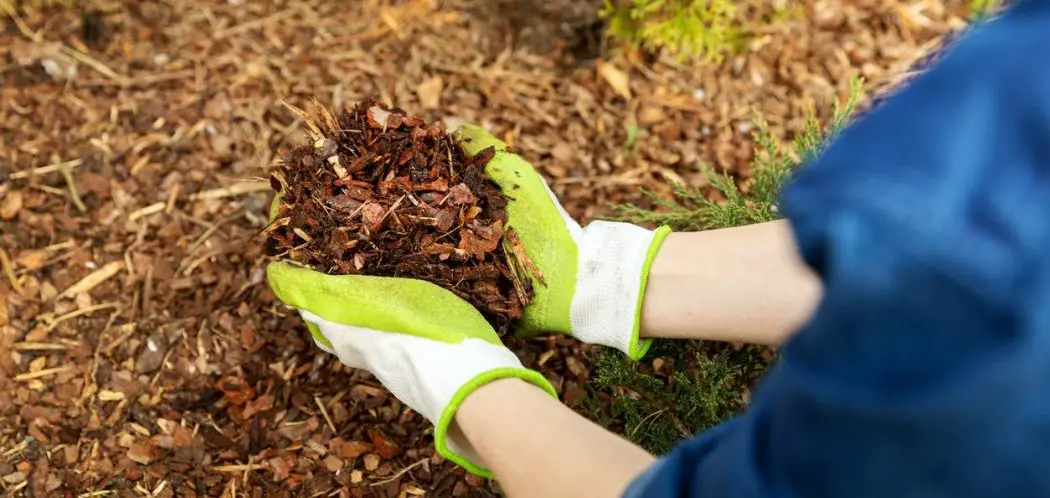When you’re trying to get a nice thick lawn, you have a lot of options available to you when it comes to grass seed. Both Bermuda and Centipede grasses are made for warm weather areas, so you might consider using both of them at the same time. But while both of these grasses are luxurious and great to walk on, they shouldn’t be used together for various reasons.
These are sturdy grasses that look great once they grow, but let’s take a look at some of the reasons why they should never be planted together.
Different Blade Thickness
Bermuda grass is usually much thicker than Centipede grass. Centipede grass blades are 15–30mm thick and have a light color and a coarse texture. Bermuda grass blades are dark, have a very fine texture, and are thicker and narrower than Centipede blades.
Bermuda grass eventually gets so thick that it feels soft when you walk across it, which is one of the many reasons people love it so much. While both grasses are comfortable to walk on, Bermuda grass is thicker and softer and more comfortable to walk on than Centipede grass is. Nevertheless, Centipede grass is often found on golf courses and in public parks.
Different Shades of Green
As a general rule, Bermuda grass has a deep green color, whereas Centipede grass is more of a yellow-green color. If you were to mix the two types of grass, your lawn would look patchy because of the different shades of green that result. In addition, Bermuda grass tends to be very short, while Centipede grass usually grows a little bit longer. Because of the color and length of the two types of grass, it is not a good idea to plant them together.
Different Rate of Growth
When it comes to how fast the grass grows, there is a big difference between Bermuda grass and Centipede grass. Bermuda grass grows and spreads quickly and usually needs to be mowed every 5–7 days. When it’s actively growing, it needs a lot of watering and lots of fertilizing. In other words, Bermuda grass is a high-maintenance grass that needs a lot of attention, especially during its growing period.
Centipede is a lot different from Bermuda in this respect. This type of grass needs very little watering or fertilizing, and it grows very slowly. Centipede is considered a low-maintenance grass, which is why it is used in public areas such as parks, sports facilities, and many others.
Different Fertilizer Requirements
While both Bermuda and Centipede grass need to be fertilized, Centipede only needs to be fertilized twice a year—in the fall and the spring. Bermuda grass, on the other hand, needs lots of nitrogen-rich fertilizer to grow and thrive.
In other words, the amount of fertilizer needed for each grass is a bit different, so if you plant them together, one of the grasses will get enough fertilizer while the other one is going to get way too much to survive, likely causing it to die eventually.
Centipede Grass Requires Less Time and Money than Bermuda Grass
Because the care requirements are so different between Bermuda grass and Centipede grass, the latter takes far less time and money to grow well.
With Bermuda grass, you have to make sure it’s getting enough fertilizer, water, and sunshine. Centipede grass requires little fertilizer and water and much less sunshine than Bermuda grass does. Because of this and the reasons listed above, these two types of grass seed should never be grown together in your yard.
Other Considerations
So far, it’s easy to understand why growing both Centipede seed and Bermuda seed together is such a bad idea.
While both of these seeds are warm-weather seeds, their needs are completely different. For example, let’s take a look at the recommended pH levels in the soils of these grasses. Bermuda grass grows best with a pH level of 6.5 to 8, while Centipede grows best when the pH level is 5–6. Even the length of the grass blades needs to be different because Bermuda is usually cut at 3–4 inches long, whereas Centipede grass should be cut at 1–1.5 inches.
In addition to all of these things, here are some more differences between Bermuda grass and Centipede grass:
- Root system – Bermuda: deep / Centipede: shallow
- Optimum soil temperature – Bermuda: 80 degrees F / Centipede: 70 degrees F
- How it Spreads – Bermuda: spreads by stolons, rhizomes, and seeds / Centipede: spreads by stolons
- Shade requirements – Bermuda: doesn’t tolerate shade well / Centipede: tolerates partial shade
- Foot traffic – Bermuda: tolerates heavy foot traffic / Centipede: tolerates moderate foot traffic
The bottom line is this: when you try to mix Bermuda grass seed and Centipede grass seed, you’ll find that one of them will grow lush and green but the other type will suffer.
Regardless of what you do and how hard you try to take care of each type of grass, one of them will simply not get the attention it deserves and will therefore either look bad or die altogether. This, in turn, makes the entire lawn look terrible and become impossible to maintain.
Conclusion
If you look at either Bermuda maintenance instructions or the instructions for growing Centipede grass, the first thing you’ll notice is how different they are. To be sure, growing each of these grasses separately is not difficult, but trying to grow them together simply won’t work. About the only thing these two types of grass have in common is the fact that they are both warm-weather grasses, but when it comes to their care and maintenance, they are completely different.
For all of these reasons, it’s best not to grow Bermuda grass seed and Centipede grass seed together. One of them will always suffer simply because you cannot follow the instructions for both types of grass at the same time. Your best bet is to take a look at the instructions for growing each type of seed and decide which one is best for you. If you do this, your attempts to have a beautiful lawn will be successful.

